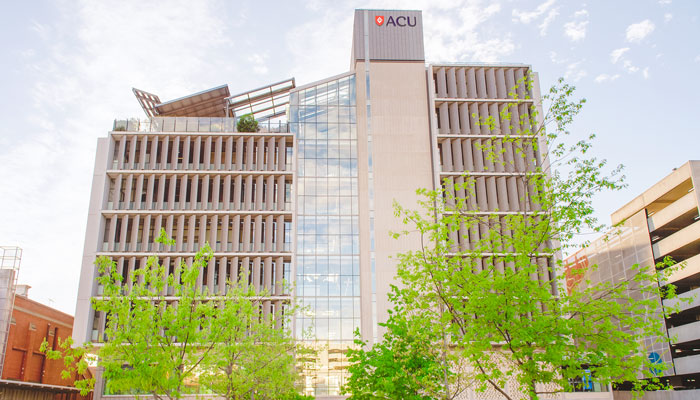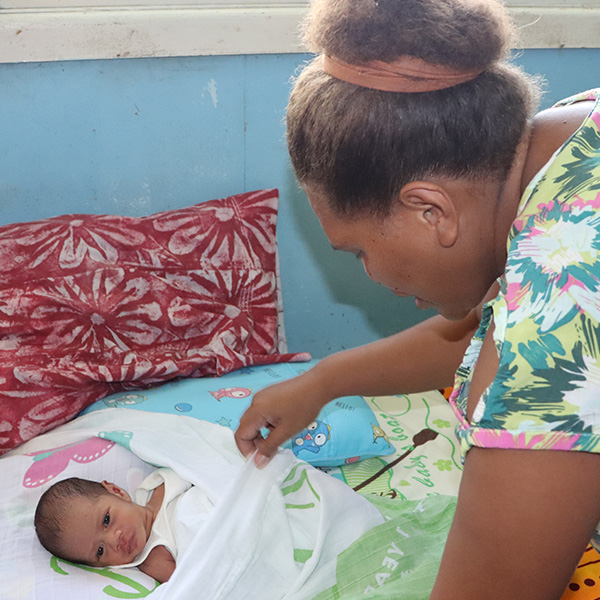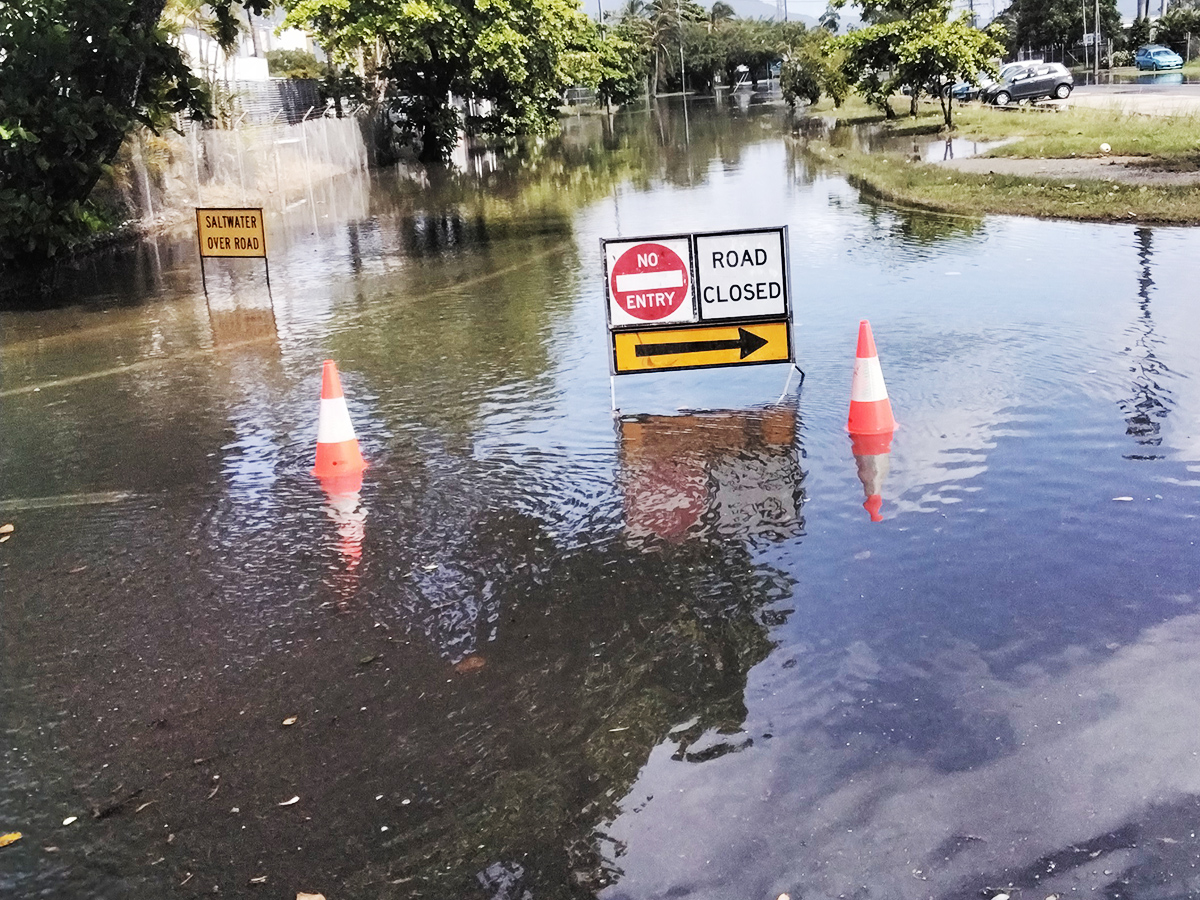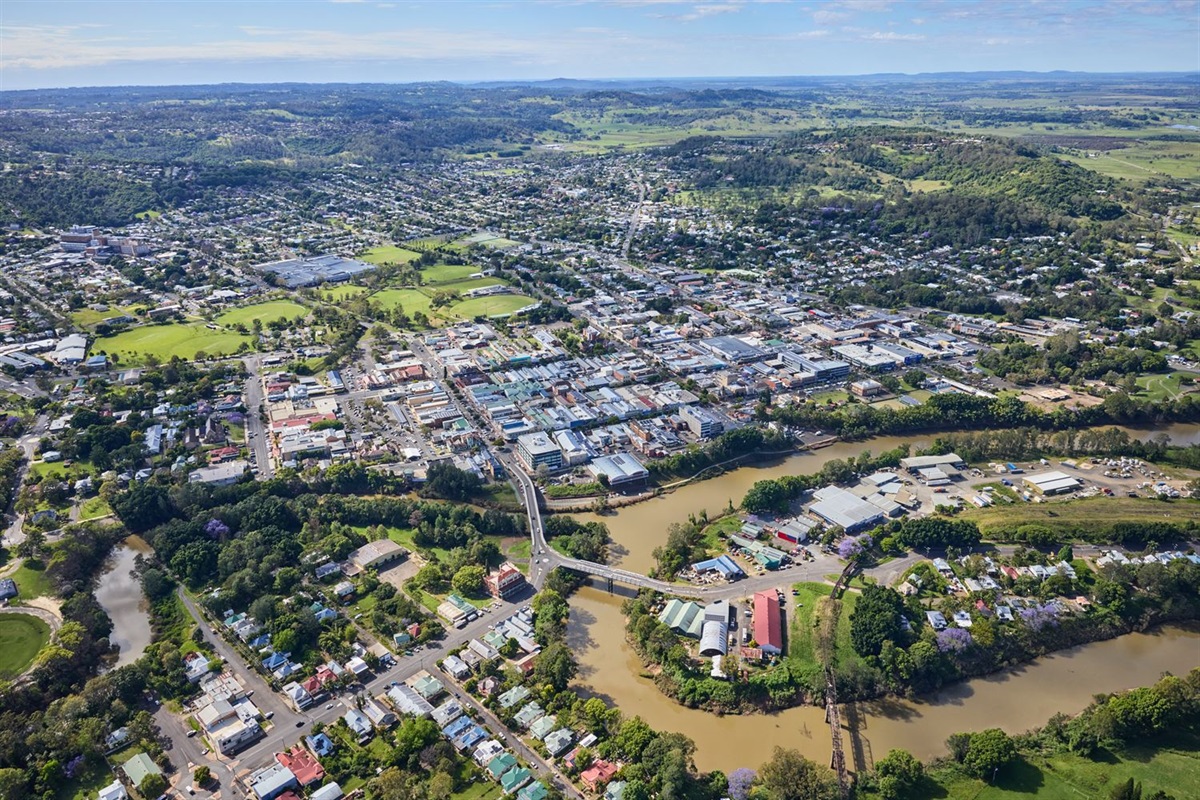Assistant Minister to the Prime Minister, Assistant Minister for the Public Service
Introduction
It is a joy, as a West Australian, to find myself speaking to a group of business leaders in Sydney. My wife and I lived in Sydney for a few years, so be assured I am well aware of the stereotypes some Sydneysiders have of the West. Hopefully I will do Australia’s west coast proud on your stage.
Preparing for today, I was impressed by Business Sydney’s long history. Starting all the way back in 1826, when the Sydney Chamber of Commerce was established as the first organisation of its kind in the fledgling colony. Back then, colonial Australia was divided into just Western Australia and New South Wales. A rivalry where on occasion Western Australia has been outshone.
As the Sydney Swans showed on Saturday with their small win over the West Coast Eagles.
So, I am confident you have nothing to worry about when Western Australia is welcomed in to the NRL. I am pleased to back the push by WA Premier Roger Cook for a WA team to enter the NRL. One more team for you to beat, one more way to connect the people of our vast continent.
HBF Park in Highgate in my electorate is the perfect home for a new team. And we will welcome talent from the East to the West. And not for the first time.
Fiona Stanley, the brilliant epidemiologist, was born in Sydney but moved to Perth and was named Australian of the Year. Adam Gilchrist grew up in regional NSW before moving to Perth to realise his dream of becoming a first-class wicket keeper. And our former Premier, Mark McGowan, was born in Coffs Harbour, moved to WA as a 23-year-old with the Navy and never looked back. You even let us borrow Hugh Jackman for a few years in the 90s.
So, Sydney might be where dreams are born, but Perth is where they come true. It is great to be in a city where everything is happening. Just goes to show that you don’t need our GST money after all!
But, in all seriousness, I am delighted to be here today. And today in particular as we recognise Micro, Small, and Medium-sized Enterprises Day. Business is crucial to our plan to build the stronger foundations for a better future. That is why today, I will speak about four key areas of our growth agenda.
Renewable energy
The first is renewable energy. The global net zero transformation is the biggest economic change since the Industrial Revolution. And if we think of the economic transformations that have happened since the Industrial Revolution. Electrification. The automotive assembly line. The Space Race. The internet. Needless to say, the global net zero transformation is a complex, exciting challenge with massive opportunities for Australia. That’s why our Budget introduced a new Small Business Energy Incentive. This incentive will help up to 3.8 million small- and medium-sized businesses invest in power-saving assets. Beyond this, we know firmed renewables are the cheapest form of energy for Australia. And so Australia is moving towards a clean energy future.
We have a made a commitment to reduce emissions by 43 per cent below 2005 levels by 2030 and to achieve net zero by 2050. We have enshrined our targets in law to provide the certainty and stability needed to drive investment. We have also reformed our Safeguard Mechanism. Ensuring around 215 of our biggest industrial emitters contribute their proportional share towards achieving these targets.
And we are decarbonising our energy sector by investing $20 billion to expand and modernise our electricity grids to support greater uptake of renewables; implementing a Capacity Investment Scheme to ensure reliable and affordable electricity supply; and targeting up to $3 billion from our National Reconstruction Fund to support the local manufacture of renewables and low emission technologies.
The Australian Government is determined to seize this once-in-a-generation opportunity and transform Australia into a renewable energy superpower. We have an abundance of the natural resources and critical minerals that the world needs. Just last week the Government released our Critical Minerals Strategy 2023-2030, setting out our vision for Australia’s critical minerals sector. Clean energy investment is also at record levels. Rooftop solar is growing faster than ever before. And we are working with state governments to approve renewable energy projects, and train workers for new jobs in clean energy technology. We will secure the cheaper and more reliable energy that will power a new generation of advanced manufacturing. The recent Budget allocates $4 billion to realising our future as a renewable energy superpower. This brings the Government’s total investment to more than $40 billion. It includes $2 billion for a new Hydrogen Headstart program, to scale up development of Australia’s renewable hydrogen industry. The program will underwrite the biggest green hydrogen projects to ever be built in Australia. Positioning Australia as an early mover and global leader, and helping ensure we remain a reliable energy partner in our region.
The Net Zero Economy Agency – chaired by Greg Combet – will also start work in July. Mr Combet will guide the Agency to ensure the workers, industries and communities that have powered Australia for generations can seize the opportunities of the net zero transformation. It is vital we help workers find good jobs in emerging clean energy industries while keeping communities strong. Building and maintaining community support is so important. The transition to net zero will require governments, businesses and communities to work together in a sustained, long-term way.
Modernising Australia’s industrial base
The second area of our growth agenda is modernising our industrial base. We know that a better future for Australia means a future made in Australia. A couple of things in our recent experience underline this.
Firstly: the pandemic. At its height, we all saw how vital – and how vulnerable – our supply chains are. Then there’s Russia’s illegal and immoral war in Ukraine, and all the consequent destabilisation of global supply chains, and of energy markets in particular. Worldwide, inflation has bitten deep into budgets – for business, for governments, for families. To add to this volatility, there is the evolving security situation in our region.
All of this has underscored the need for Australia to strengthen, deepen and progress our industrial base, including our defence industry. Rather than a patchwork of stopgaps, we need to invest in the future. Our $15 billion National Reconstruction Fund will help finance projects that expand our industrial base, diversify our economy, create sustainable, well-paid jobs, and grow our regional centres.
We are making targeted investments in green industries, as well as in technology and other value adding areas, including Implementing our Australian Made Batteries Plan, which includes $15 million for a new Powering Australia Industry Growth Centre to help Australian businesses manufacture renewable technologies; Funding to support the growth of quantum and the responsible adoption of AI; $286 million invested in our creative sectors; and $392 million in the Industry Growth Program. This one’s about supporting small to medium enterprises and start-ups to turn their ideas into new products and services, and grow their operations. This will create new opportunities across our economy. And so will our historic and vital investment in defence and national security. The AUKUS agreement will directly support 20,000 high skill, high wage jobs over the next 30 years in advanced manufacturing.
Skills
Central to achieving all of this, of course, is building our skills. This is the third area of growth I’ll touch on today. Resources, technology, energy – these are vital. But a skilled workforce is the bedrock of a stronger economy. That was clear at the Jobs and Skills Summit last September. We were looking at a labour market that was unlike anything we have seen since the Beatles toured Australia. To address a historic skills shortage, we put in place a $1 billion, 12-month Skills Agreement with states and territories. With fee-free TAFE and vocational education and training at its core. We have now committed $3.7 billion to negotiate a new five-year National Skills Agreement from 1 January 2024. We are providing $400 million to support a further 300,000 fee-free TAFE and vocational education places. Providing Australians with access to high-quality training in areas of national need. We are working to keep visa processing times down too. And reviewing the whole migration system to set the parameters for substantive, long-term change.
Another piece of this is public sector reform. As Assistant Minister for the Public Service, I’m particularly invested in the work we’re doing to rebuild the public sector. And I’m excited about it. It is fundamentally about having a public service with deep capabilities and unquestionable integrity. It is about restoring public trust in an institution that’s designed to serve all of us. And it is about investing in our people.
Housing
Housing is the last policy area I would like to mention. Australia’s challenges in housing are not new. But Prime Minister Albanese and his Government’s determination to ensure more Australians have a safe and affordable home is a welcome change. Our policy work has been led by Minister Julie Collins who has brought fresh ideas and major investment. The $10 billion Housing Australia Future Fund is the centrepiece of our ambitious housing agenda. This would be the single biggest investment in social and affordable housing supply by a Federal Government in more than a decade. The fund would pay out earnings of at least $500 million a year to invest in social and affordable housing. In its first five years, this would help deliver 30,000 new social and affordable homes nationally. Including for women and children impacted by family and domestic violence, and older women at risk of homelessness. It would also fund better housing in remote Indigenous communities.
So, this is good policy, and very necessary. It is backed by housing experts, community housing providers, and housing ministers across Australia. So, let’s be clear on what the Opposition and Greens voted against last week. The Opposition and the Greens voted against the largest investment in social housing in a decade. The Opposition and the Greens voted against adding 30,000 homes to supply. The Opposition and the Greens voted against better housing for remote Indigenous communities, veterans and women and children impacted by family and domestic violence. I can’t explain why they did that. But Australians do deserve an explanation.
While the Senate blocks, the Government continues to build. Our $2 billion Social Housing Accelerator will deliver thousands of new social homes across Australia. This is new money – right now – for new social housing. State and territory governments have committed to using the funds within two years to permanently add to housing stock. The National Housing Accord is another important partnership. It brings together all levels of government, investors, and the construction sector. With the shared aspiration to build a million new homes over five years from 2024. There is a range of other measures we are pursuing to make renting and buying homes more accessible for more people. This is a national challenge. Every level of government, and every industry in the sector, has a role to play.
Conclusion
To close, the Australian Government is supporting Australians to find secure, quality jobs – and secure, quality housing. We are supporting Australia’s energy, technology, industry and capabilities to stay ahead in a fast moving world. Our economic agenda is ambitious, but no less than this moment demands. No less than Australia deserves. Thank you again for inviting me to speak to you. I look forward to hearing your ideas and insights about how we help Australia, and Australians, thrive in the years ahead. Thank you.








